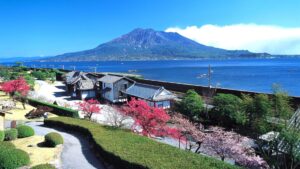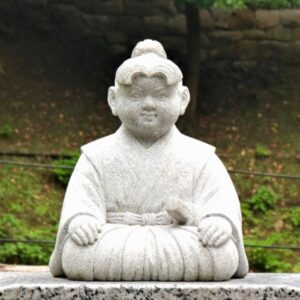Nikko Toshogu Shrine, Seeking a Peaceful World Even After Death
Nikko Toshogu Shrine enshrines the spirit of Tokugawa Ieyasu, who laid the foundation for a peaceful era that lasted for 260 years. After settling the turbulent era, Ieyasu's ambition was to secure lasting prosperity and national peace. He faced many adversities in his life: fourteen-year hostage and Ikko-riot of the Jodo Shinsu sect of Buddhism during his young life at Okazaki Castle, a losing battle against Takeda Shingen, and a death-defying escape from Sakai by crossing a pathless route during his middle life at Hamamatsu Castle, then transferring his territory to Edo, Ieyasu finally settled down the turmoil in 1615, one year before his death. For this, he aimed to safeguard successive Shoguns in Edo (Tokyo) even after his death. The reason for choosing Nikko is its geographical location among Nikko, Edo(Tokyo), and Sunpu (Shizuoka).
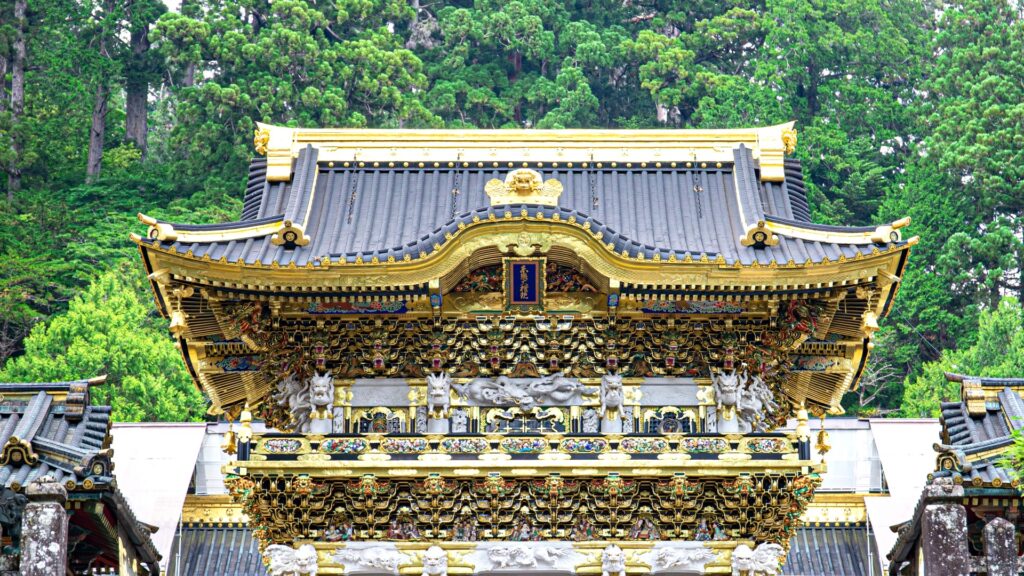
Ieyasu's Spirit Protected Edo Castle & Nation Eternally
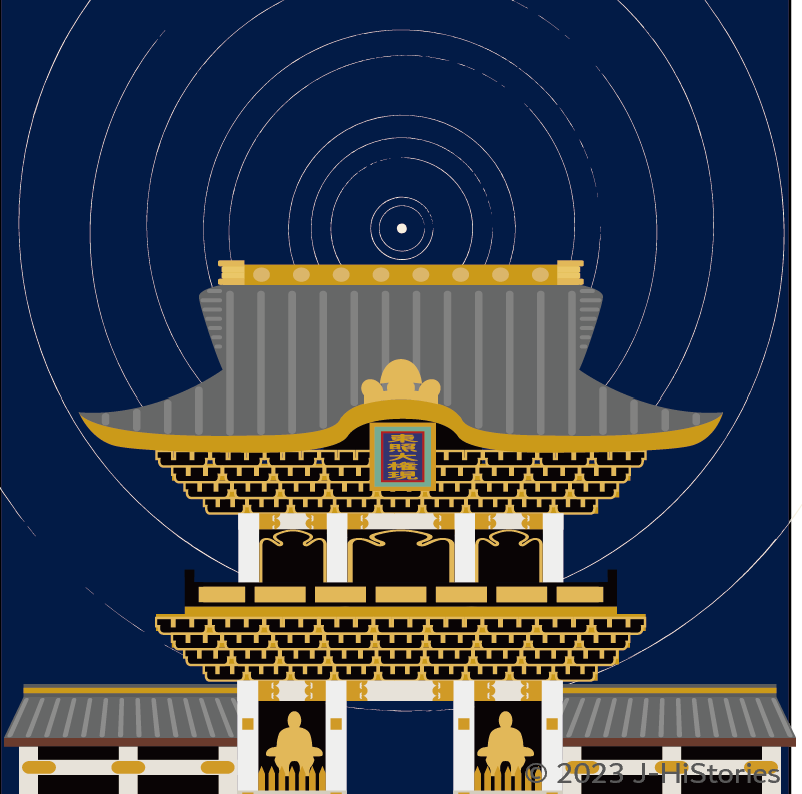
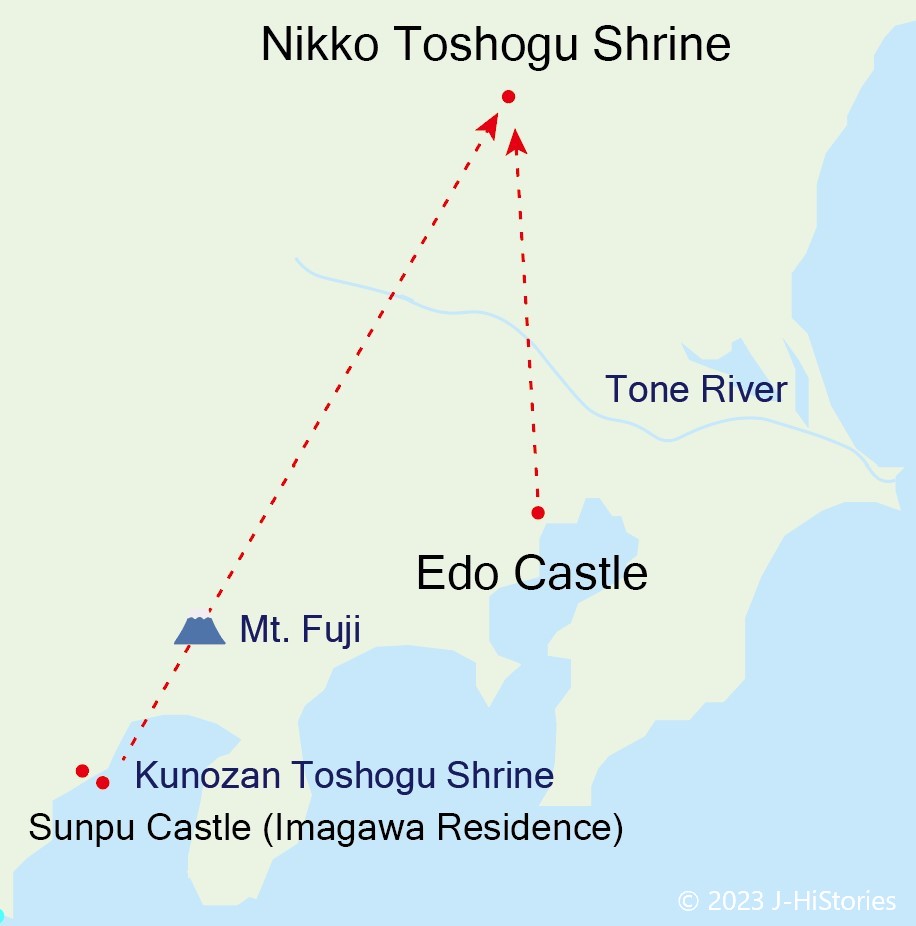
Nikko Toshogu Shrine, a UNESCO World Heritage Site, is one of Japan’s most renowned Shrines. It was established in 1617 to enshrine Tokugawa Ieyasu (徳川家康;1543-1616), the first Shogun of the Tokugawa Shogunate during the Edo period (1603-1868). After his passing in 1616 at the age of 75, his remains were immediately buried at Kunozan Toshogu in Shizuoka prefecture, located near Sunpu Castle where he resided during his later years, and then transferred to Nikko as his last will.
Nikko Toshogu Shrine is located at the intersection of two lines. The first is an extended line connecting Kunozan Toshogu and Mt.Fuji, and the second is a northerly extended line from Edo. The first line goes through Mt.Fuji (富士), which has another character “不死”, meaning “immortality”. The belief is that Ieayasu’s spirit moved from Kunozan to Nikko over Mt.Fuji, gaining “immortality” in its passage. The second line passes south to north. “North” represents the supreme god of space. In the northern night sky, you can see Polaris, deified as a symbol of the supreme god, positioned directly above the center of the Yomeimon gate in front of Honden (Main Hall). Tenkai, a prominent priest of the Tendai sect of Buddhism, established the practice of venerating Tokugawa Ieyasu as "Toshogu Daigongen", referring to the divine manifestation assumed by Buddhas, Bodhisattvas, and others to save all sentient beings.
Laid the Foundations of a 260-year Peaceful Era
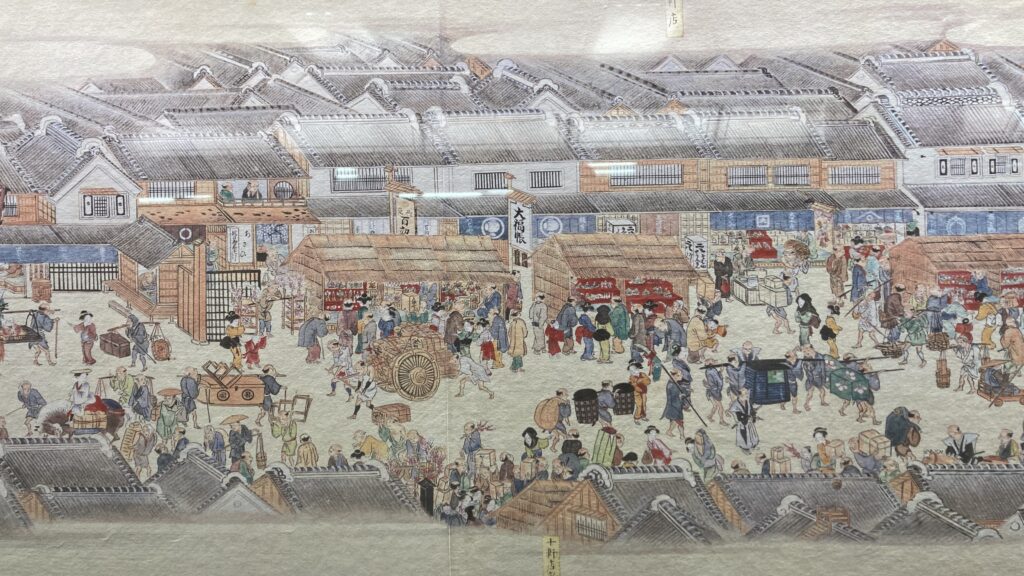
Ieyasu launched a variety of policies to ensure a peaceful era without getting it back to the turmoil era in his last years. It was his long journey spanning over 70 years. These measures and policies contributed to 260 years of Pax-Tokugawana. These steps were far-reaching and well-executed in all directions. First, the government shifted from a military to a civilian system of government, the inheritance of the shogun's position by a legitimate son, control of temples and the imperial court, economic reform including global trade, religious control (especially Christianity), and education.
Measures against Feudal Lords to Rule the Nation
Ieyasu experienced the difficulties of inheritance during the Warring States period (1467-1590) when it was commonly understood that the strong always win. Numerous warlords rose to power through their superior military, intellectual, and economic prowess, alongside their strong leadership, but these territories fell once the demise of the charismatic leaders. Among these were Imagawa Yoshimoto (1519-1560,今川義元), Takeda Shingen (1521-1753,武田信玄), Hojo Ujiyasu (1515-1571, 北条氏康), Oda Nobunaga (1534-1582,織田信長), Toyotomi Hideyoshi (1537-1598,豊臣秀吉), and more. Hence, Ieyasu made Iemitsu (1604-1651, 徳川家光), the heir of the second shogun Hidetada (1579-1632, 徳川秀忠), to be the third shogun, instead of a bright young brother of Iemitsu. This clarified the eldest son's inheritance. Furthermore, Ieyasu did not aim for a singular shogun to govern the shogunate; instead, he envisioned a system where the most suitable individual in each role could govern effectively, leveraging organizational prowess.
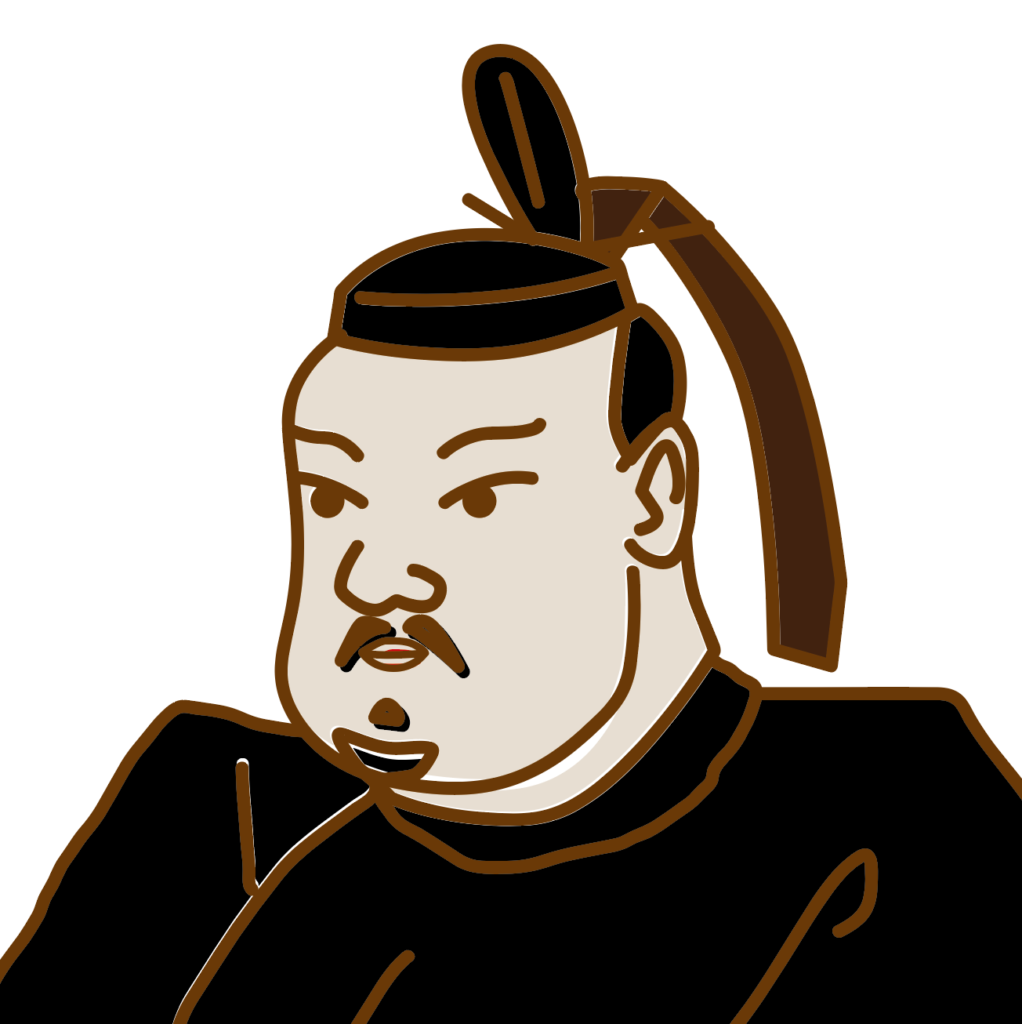
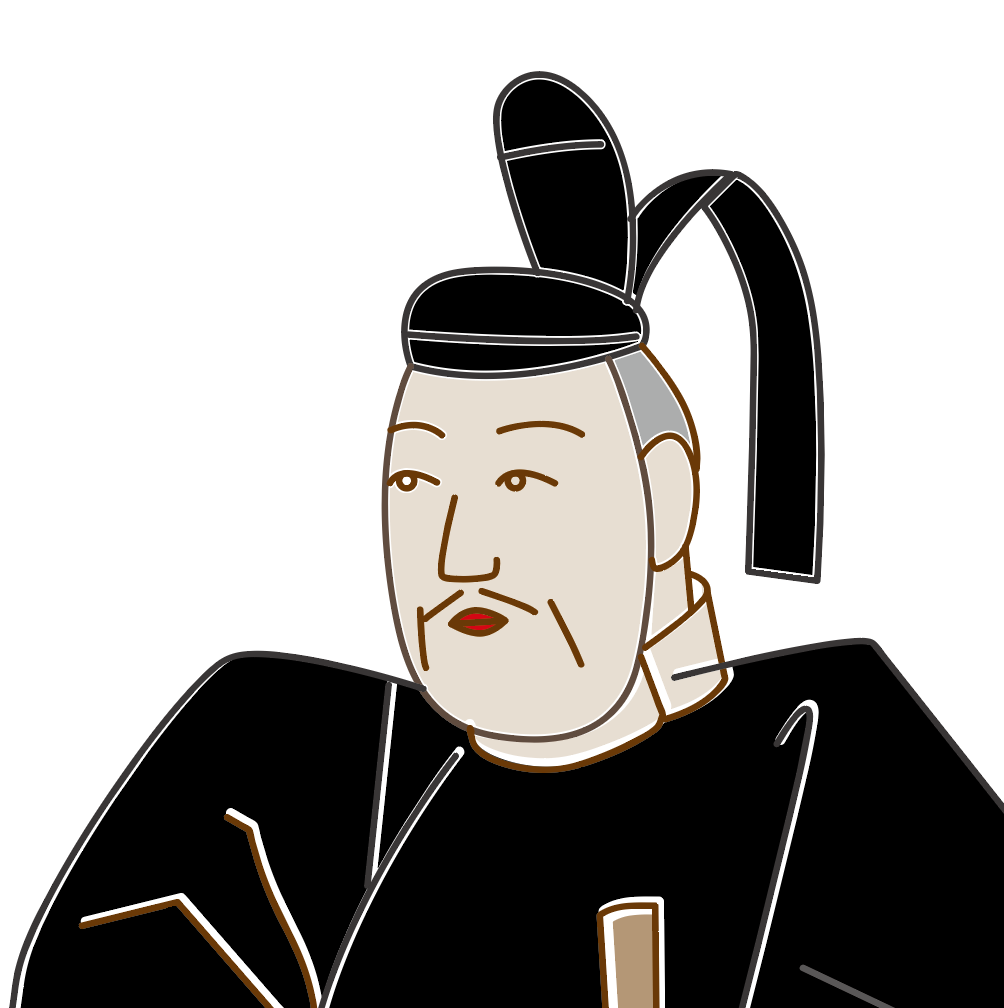
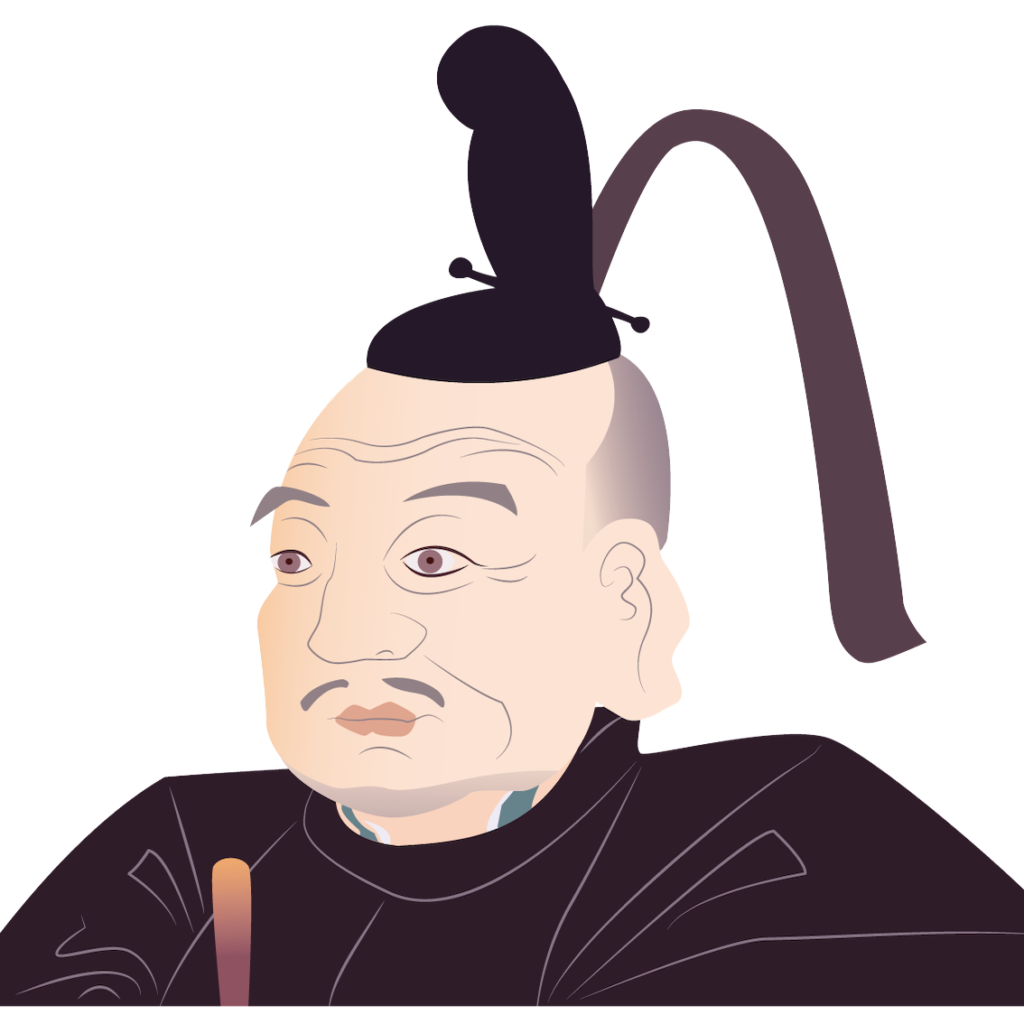
Ieyasu
Ieyasu implemented three measures to transition from military to civil rule: First, he enacted the Acts for the Military Houses in 1615. Secondly, he issued the "One Castle per Province" law to destroy all castles except those where the lord resided. As a result, the nearly 3,000 castles were drastically reduced to about 170. Ieyasu's goal was to concentrate power in the hands of the shogunate and especially to reduce the power of the western lords who favored the Toyotomi clan. Thirdly, he constructed multiple castles to counter Toyotomi's patron lords. Specifically, the Osaka Castle, originally built by Toyotomi Hideyoshi, was dismantled, and atop its grounds, the Tokugawa Osaka Castle was erected, bringing Osaka under direct shogunate control. Nagoya Castle was built at a strategic location along the Tokaido Road, serving as a crucial point in the transportation network between Osaka, Kyoto, and Edo. Ieyasu's ninth son, Yoshinao (1601-1650, 徳川義直), assumed the first Nagoya Castle load. Likewise, at a key location along the sea route of the Kii Peninsula, Wakayama Castle was expanded and his tenth son, Yorinobu (1602-1671, 徳川頼宣), became its inaugural castle lord. In addition, Hikone Castle was built at the key point toward Kyoto. One of Ieyasu's trusted generals, Ii Naomasa (1561-1602, 井伊直政), ruled Hikone Domain.
Measures for Temples
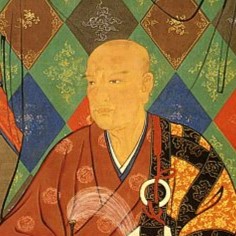
During the Warring State period, the temple forces wielded military, administrative, and economic power independent of the authorities. Seeking to unify the nation, warlords promoted temples to their original religious activities while suppressing those who defied the authorities. Oda Nobunaga attacked the Enryakuji and Osaka Honganji temples, while Toyotomi Hideyoshi destroyed the Negoroji temple and demanded the surrender of Koyasan. Tokugawa Ieyasu, in his youth, had a conflict with Honganji in his territory.
Upon taking the unification into his hands, Ieyasu appointed a Rinzai priest, Suden, to initiate incorporating temples into the governance of the Edo shogunate. First, he restricted the privileges that temples had enjoyed since the Middle Ages. He organized all the temples by strengthening the authority of the head temples and delineating the relationships between head temples and subordinate temples. This approach significantly enhanced nationwide control over the temples.
Measures for Imperial Court
Ieyasu issued Laws for the Imperial and Court Officials to reduce the court's political influence despite the emperor having the authority to appoint a shogun. He mentioned:
The most important aspect for the emperor to acquire is the study of being a good emperor. Throughout history, no emperor successfully improved his government and achieved peace without learning insights from past examples of effective governance. In addition, Emperors were expected to study the courtly disciplines (scholarship, musical arts such as playing wind and string instruments, Waka or Japanese poetry, etc.)
In addition, Ieyasu made his granddaughter Masako marry Emperor Gomizunoo, establishing a familial connection with the emperor.
Measures to Lay the Groundwork for Enhancing the Economy
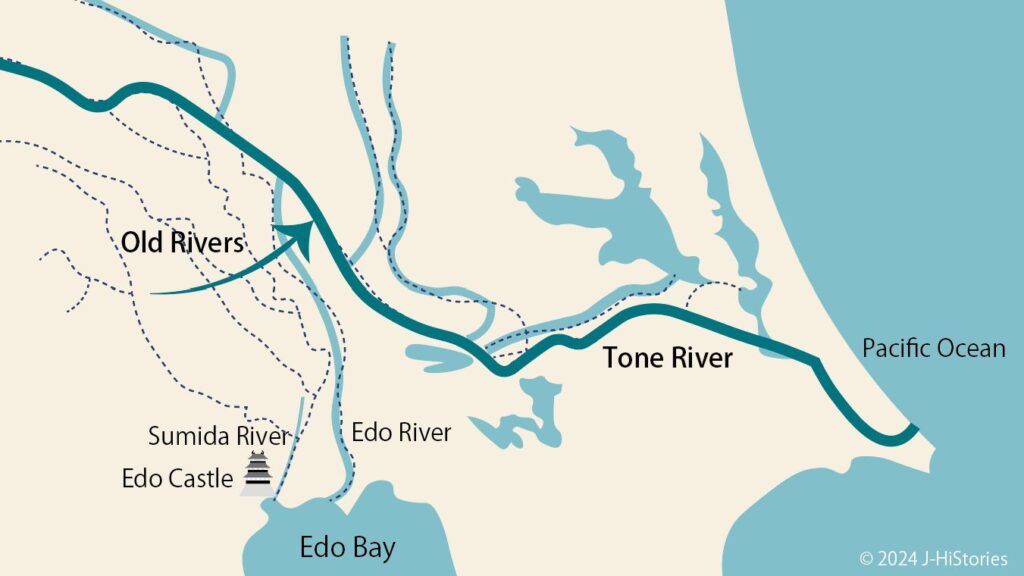
When Ieyasu entered Edo (Tokyo) in 1590, the Tone River, the largest river in the Kanto region, ran north-south through Edo (Tokyo) town and emptied into Edo Bay, instead of the Pacific Ocean. Ieyasu appointed Ina Tadatsugu, a bureaucrat with considerable experience in civil engineering techniques, to initiate an unprecedented project to divert the Tone River to the east by bending its course. As a result, the city of Edo was protected from flooding, the new rice fields were developed, and water transportation was established, laying the foundation for the prosperity of the vast city of Edo. After the Battle of Sekigahara, Ieyasu strengthened the financial base by placing the gold mines of Sado and Kanayama and the silver mines of Iwami and Ikuno under the direct control of the shogunate. He also established a monetary system consisting of gold, silver, and coins to build a foundation for economy and trade.
Establishing Trade Relations Globally
Ieyasu pursued strengthening domestic economic activities and exploring trade relations with other nations. He was also tolerant of Christian missionary activities. The biggest obstacle was the loss of trust from other countries due to Toyotomi Hideyoshi's invasion of Korea, the decree to expel the Bateleans, and the crucifixion of 26 Christians. He faced an ordeal to regain their trust. He sent letters to several countries, including Korea, Spain, Portugal, England, and the Netherlands, to seek to initiate the trade. The relations with Joseon (Korea) experienced a gradual restoration through concerted efforts from both sides. Eventually, Korean envoys were welcomed in Edo (Tokyo), reciprocated by dignitaries from the Edo shogunate visiting Pusan. Ieyasu's trade connections spanned various nations: China and Southeast Asian countries, Korea through Korean envoys, and the Tsushima domain. Additionally, partnerships extended to Western nations like Spain, Portugal, the Netherlands, and the United Kingdom. However, during the tenure of the second shogun, Hidetada, policies shifted towards isolationism, marked by the prohibition of the Christian religion.
Promoting Culture and Education
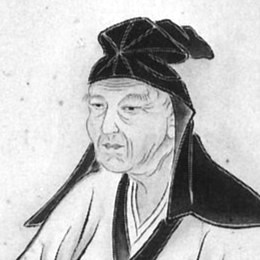
Ieyasu promoted a Confucian, Hayashi Razan, and adopted Shushigaku (Neo-Confucianism) as the official principle of the shogunate, which taught five virtues; “benevolence, justice, courtesy, wisdom, and sincerity” and “the hierarchic order.” This led to a shift from a bleak age to one of moral government by clarifying the rules that people should follow. Ieyasu established the Fujimi-no-Tei library in Edo Castle. It houses a vast collection of reference books on government affairs, ancient practices, and culture, catering to the shogun. These books were also lent to senior lieutenants, magistrates, scholars, and feudal lords. This initiative rapidly fostered learning, forming a cornerstone for civilian government.
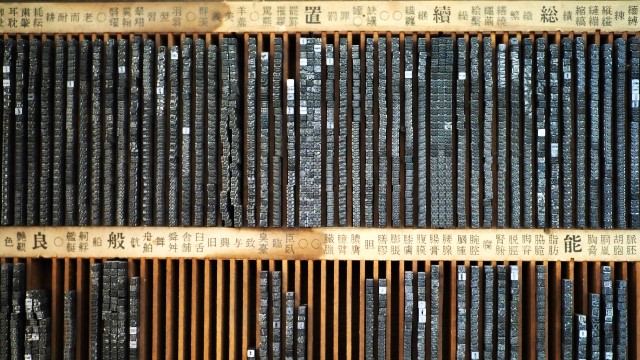
Promoting type printing, his favorite book, "New Azuma-kagami" about the Kamakura Shogunate, formerly secret books, was made public, enriching this governance knowledge among federal lords. During Ieyasu’s rule, education for the common people just started. With the expansion of economic activities in the peaceful era, there was a push for education in reading, writing, and arithmetic among townspeople and peasants. Education extended to areas such as commercial dealings, land transactions, and financial transactions, as well as the cultivation of strong moral values. After Ieyasu's death, these books were shared with his three sons: Yoshinao in Owari, Yorinobu in Kishu, and Yorifusa in Mito domains.
Ieyasu, the Guardian Deity of Japan
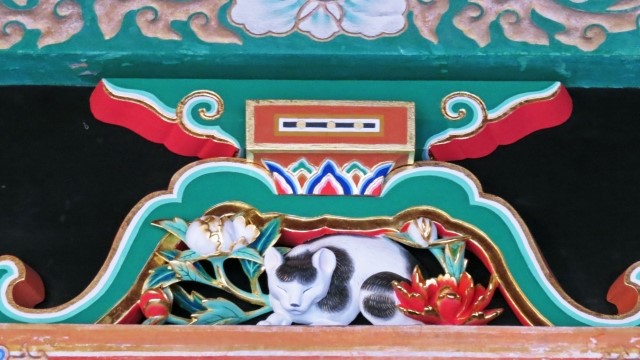
Even after his death, Ieyasu continued to protect the nation in peace. One famous national treasure displayed at the Yomeimon Gate of the Nikko Toshogu Shrine is the Sleeping Cat with a sparrow engraved on its reverse side, a symbol of peace. Ieyasu's last message was "The world belongs to the world, not to one person."
Tokugawa Ieyasu Timeline
| 1600 | The Battle of Sekigahara. Tokugawa Ieyasu defeated Ishida Mitsunari | 59 |
| 1602 | Tokugawa Ieyasu established the Fujimi-no-Tei library | 61 |
| 1603 | Tokugawa Ieyasu established Tokugawa Shogunate at Edo | 62 |
| 1603 | Ieyasu built Nijojo Caslte | 62 |
| 1605 | Tokugawa Hidetada became the 2nd Shogun of Tokugawa Shogunate | 64 |
| 1607 | Ieyasu moved to Sunpu Castle. | 66 |
| 1607 | The first Korean envoy came to Edo | 66 |
| 1609 | Ieyasu permitted to trade with the Netherlands | 68 |
| 1612 | Ieyasu built Nagoyajo Caslte | 71 |
| 1613 | Ieyasu permitted to trade with the Britian | 72 |
| 1614/11 | The Winter Siege of Osaka | 73 |
| 1615/05 | The Summer Siege of Osaka. Toyotomi clan ended. | 74 |
| 1615/07 | Tokugawa Issued a set of regulations that applied to the emperor and the court nobles | 74 |
| 1615 | Tokugawa Issued a set of various laws for warrior class families | 74 |
| 1615 | Tokugawa Issued a set of various laws for temples | 74 |
| 1615/08 | Tokugawa issued the Law of One Castle per Province | 74 |
| 1616 | Ieyasu passed away at the age of 75 | 75 |
| 1617 | The spirit of Ieyasu was enshrined at Nikko Toshogu Shrine | - |
| 1619 | Tokugawa Yorinobu became the first lord of the Kishu domain | - |
| 1623 | Tokugawa Iemistu became the 3rd Shogun of Tokugawa Shogunate | - |
Recommendations to visit
- Access: 2 hours from Asakusa to Tobu Nikko Station. Get on the bus to Omotesando bus stop, then a 2-minute walk.
- Access: 50 minutes from JR Shizuoka Station to Nihondaira Ropeway on Shizutestu Justline bus. 5 minutes ropeway to Kunosan, then a 2-minute walk.
- Access: A 10-minute walk from JR Tokyo Station

